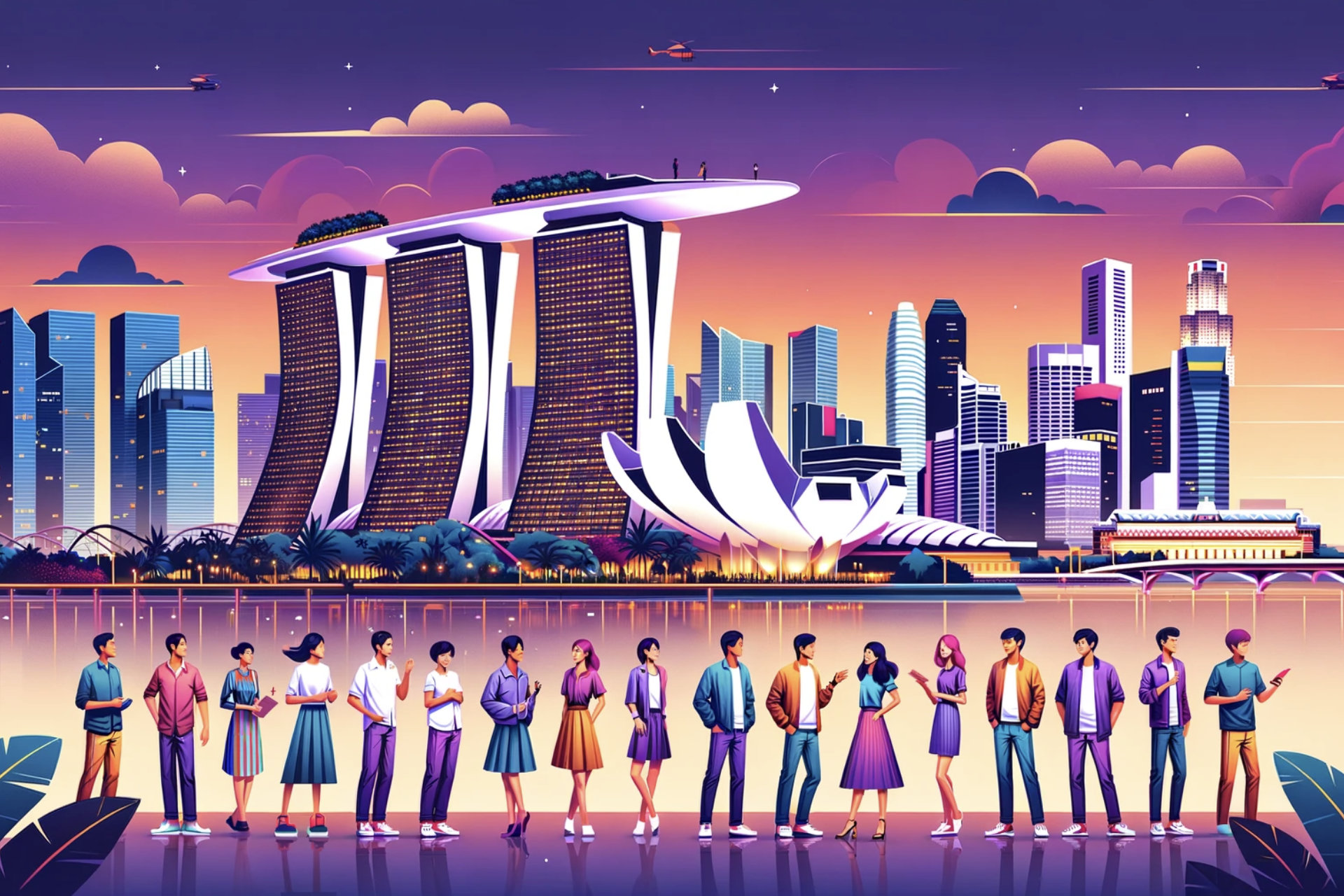10 Things Traditional Creative Design Agencies in Singapore Are Not Telling You

Singapore stands tall as a global hub for business, finance, and technological innovation. Its market is ripe for creative design agencies to flourish, given its confluence of diverse cultures, progressive businesses, and an ever-evolving digital landscape.
But amidst the dazzling portfolios and pitch presentations, there are certain unspoken truths that traditional creative design agencies in Singapore might be keeping under wraps.
Let’s unveil them.
Inside this Article
Working with Traditional Creative Design Agencies
Many businesses often approach traditional creative design agencies with a mindset rooted in tradition, expecting time-tested methods and a certain predictability in outcomes.
These agencies, for their part, typically employ older methodologies which, while reliable, might not always resonate with the dynamic needs of today’s market.
Some practices that have raised eyebrows include a lack of transparent communication, extended turnaround times, and a resistance to adapt to newer, more efficient design tools and techniques.
While their legacy and experience are undeniable, it’s essential for clients to be aware of these aspects when considering a partnership.
1. The Real Cost Behind Those Price Tags
While the value of design is immeasurable, the pricing structures of many traditional creative design agencies can be opaque.
Many agencies in Singapore work on a retainer model or hefty project-based fees, but what they often don’t mention are the added costs for revisions, additional meetings, or overtime expenses.
2. The ‘Jack of All Trades’ Dilemma
Many creative design agencies in Singapore present themselves as a one-stop-shop for all design needs. However, specialization has its merits.
An agency that excels in web design might not necessarily produce the same quality in motion graphics or branding.
3. The Turnaround Time Tangle
Time is a resource that neither businesses nor agencies can afford to squander. While agencies boast of prompt deliveries, the reality is that coordinating between various departments, waiting for approvals, and multiple revision rounds can significantly stretch the project timeline.
4. Locked in Long-term Contracts
Some traditional agencies might not make it immediately clear that their attractive package deals come with a catch: long-term commitments that can span years, limiting your flexibility to switch or revise terms based on changing business needs.
5. The Missing Digital Link
In an age dominated by digital media, not all traditional creative agencies have fully embraced the digital realm.
While they may excel in print and broadcast, their expertise might falter when it comes to SEO, social media marketing, or even designing for mobile interfaces.
6. Local Knowledge but Global Pricing
Singapore’s reputation as a thriving business hub often translates to premium pricing for services, including design. But do the costs always justify the outcomes?
While agencies charge global rates, the actual value delivered in terms of design innovation and market impact can vary.
7. Dependency Over Autonomy
Traditional design agencies often maintain a tight grip on the assets they create. Whether it’s the raw files, proprietary software, or even the strategy behind campaigns, clients can sometimes feel they’re held hostage, making it challenging to make a shift or take operations in-house.
8. Limited Exposure to Latest Design Trends
The world of design is ever-evolving. While traditional agencies have a wealth of experience, they sometimes lag in keeping abreast with the latest design trends or innovative tools making waves in the industry.
9. In-house vs. Outsourcing Debate
While many traditional creative design agencies in Singapore claim to have an extensive in-house team, the fine print reveals a reliance on freelancers or outsourced talent for specialized tasks, affecting the consistency and coherence of the final output.
10. Resistance to New Age Models
The rise of on-demand design agencies challenges the age-old agency model. However, many traditional agencies are yet to recognize or adapt to these new operational models, which often offer greater flexibility, cost-effectiveness, and access to a diverse talent pool.
11. Exploitative Practices
In a revealing series of interviews with over 20 former employees from various traditional creative design agencies in Singapore, a shocking pattern emerged.
Many of these agencies, beneath the veneer of professionalism and legacy, often push their employees to the brink. Stories of incessant overtime, unrelenting pressure to meet unrealistic deadlines, and scant regard for work-life balance were alarmingly common.
Some recounted instances of creative suppression, where original ideas were stifled in favor of tried-and-tested formulae.
This toxic culture not only affects the mental well-being of the designers but also impacts the quality and innovation of the work produced. Businesses looking to partner with agencies should be wary of such practices.
After all, a team that’s overworked and undervalued is unlikely to deliver their best, and this could have downstream effects on the quality and effectiveness of your brand’s design strategies.
Choosing Your Creative Design Agency
While traditional creative design agencies in Singapore have their merits and have served numerous brands effectively over the decades, it’s essential for businesses to be aware of these underlying aspects when considering their options.
As the market dynamics shift and newer models of design collaboration emerge, businesses must make informed decisions that align with their brand vision, operational needs, and budgetary constraints.
One such option that has been making waves in the modern design landscape is Triplegrowth. With its innovative approach and commitment to excellence, Triplegrowth offers a blend of traditional design expertise with modern-day adaptability, catering to businesses that seek the best of both worlds.
Remember, design is not just about aesthetics; it’s a crucial business tool. Ensure you’re partnering with the best design agency in Singapore that is transparent, adaptive, and in sync with the modern-day requirements of the business landscape.


